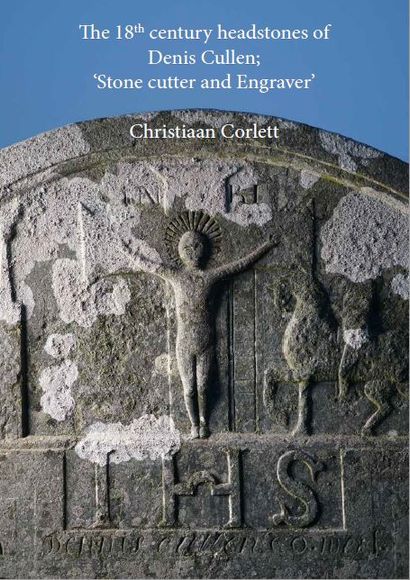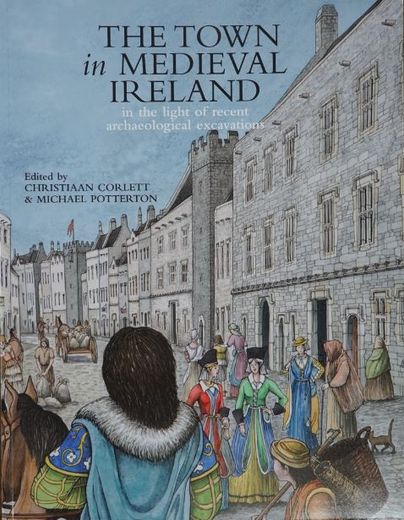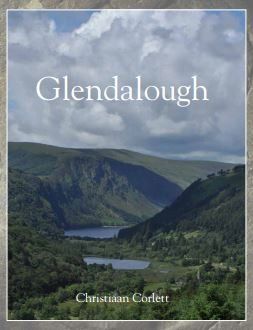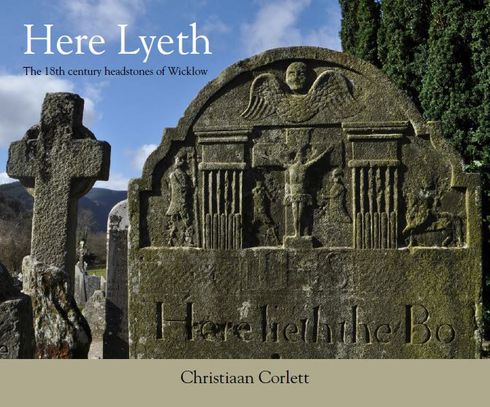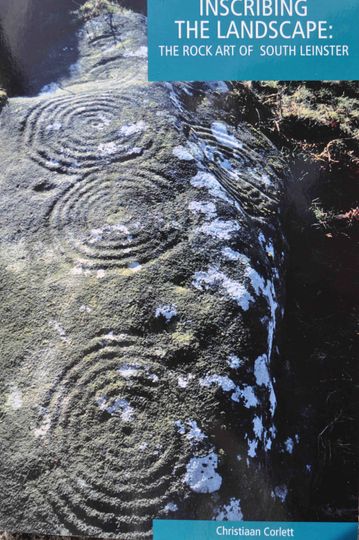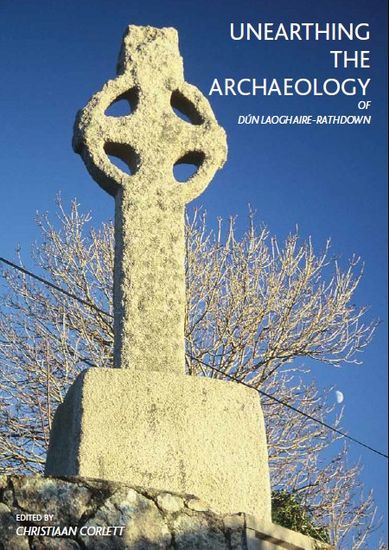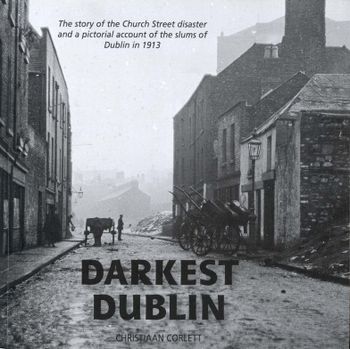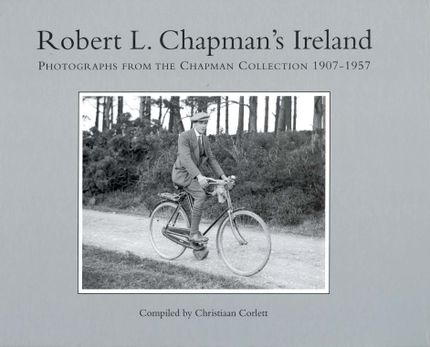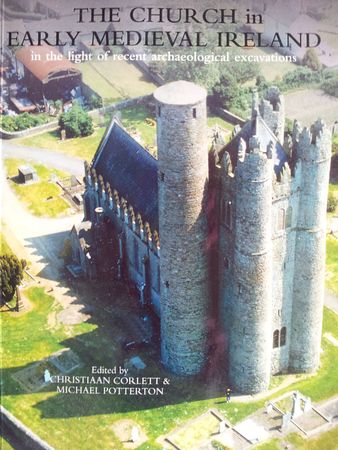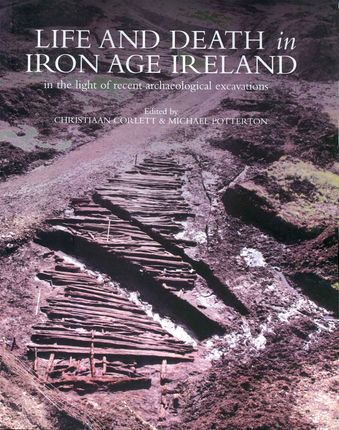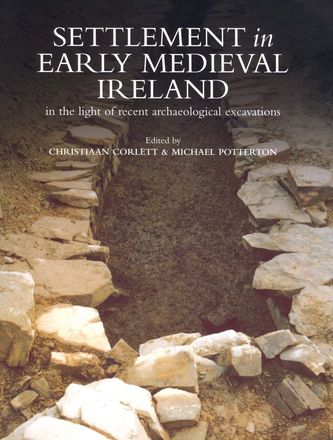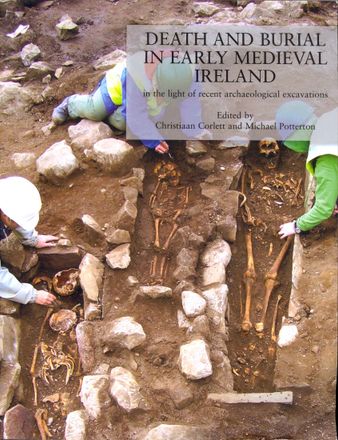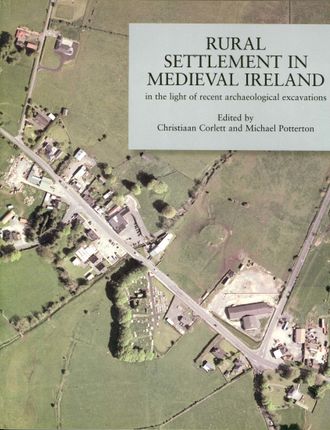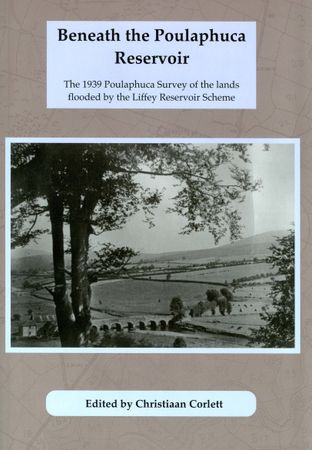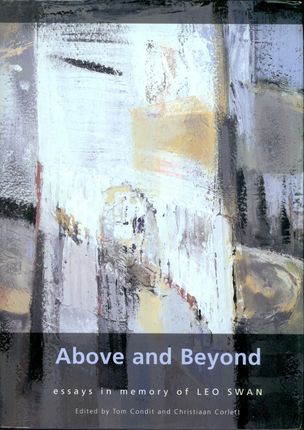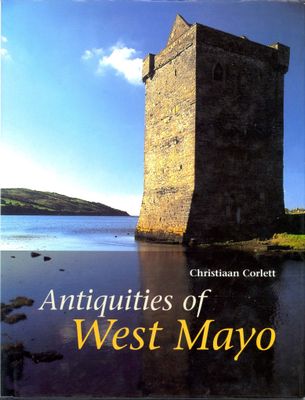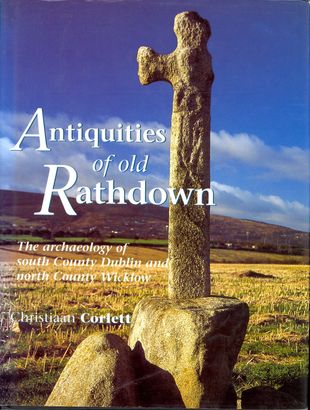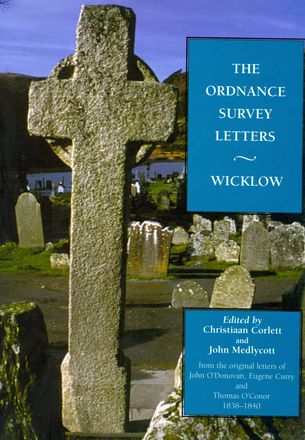Life and Death in Iron Age Ireland, in the light of recent archaeological excavations
Edited by Christiaan Corlett & Michael Potterton
Published 2012, paperback, x + 330pp, illustrated.
Published by Wordwell Ltd
The Iron Age is without doubt the most enigmatic period in Irish archaeology. If there are more than 50,00 early medieval monuments known throughout Ireland, by contrast there are barely 50 monuments that one could point to and say definitively 'That's Iron Age'. The number of Iron Age artefacts is considerably higher, but pales into insignificance compared to the thousands of objects from either the Bronze Age or the early medieval period. Until recently, it was thought that the Iron Age was almost entirely absent from the excavation record. With hundreds of large-scale excavations throughout country and newly discovered sites from every period, nothing jumped out and screamed 'Iron Age'. When radiocarbon dates started coming back from many back from many projects, however, it gradually became clear that the Iron Age has been there all along - typically unassuming and frequently masquerading as something from another period. The picture is still very murky, but what is obvious is that the textbook for the entire Iron Age in Ireland needs to be rewritten from start to finish. Preconceived ideas about the dating and significance of the artefactual record of the period are already being challenged. The new evidence from recent archaeological excavations has the potential to transform out understanding of the Irish Iron Age and finally dispel the myths of Ireland's supposed 'dark age'. The information contained in the 26 essays int his volume makes a very significant contribution to this process.
Settlement in early medieval Ireland, in the light of recent archaeological excavations
Edited by Christiaan Corlett & Michael Potterton
Published 2011, paperback, xii + 355pp, illustrated.
Published by Wordwell Ltd
This publication is the third volume in the series ‘Research papers in Irish archaeology’. It is not widely known among the general public in Ireland, and perhaps among scholars beyond, that this island contains probably the richest, best-preserved early medieval settlement archaeology in Europe. In no other country is it possible, as it is here, to point to a national map depicting upwards of forty to fifty thousand early medieval settlement sites (ringforts or raths) and say: ‘These are only the early medieval settlements that we know about from maps and other sources a lot more have been discovered through recent archaeological excavations’. In this book we are this presented with an extraordinary collection of papers describing some of the key early medieval settlement excavations of recent years. In all of these papers there is a sense of people inhabiting a place in various ways between the sixth and twelfth centuries AD, and how this changed across time.
Death and burial in early medieval Ireland, in the light of recent archaeological excavations
Edited by Christiaan Corlett & Michael Potterton
Published 2010, xi + 316pp, illustrated
Published by Wordwell Ltd
This publication is the second volume in the series ‘Research papers in Irish archaeology’. The series aims to highlight the results of recent excavations on a thematic basis, and to facilitate the circulation, discussion and synthesis of this information. It contains papers on over twenty recently excavated sites spread across the country, as well as a range of essays on current research topics and contributions by osteoarchaeologists and other specialists. The results of recent archaeological excavations have the potential to radically revise received wisdom and preconceptions about the past, and it is already clear that the existing textbooks and syntheses could be substantially rewritten. This volume explores a type of non-ecclesiastical burial ground in early medieval Ireland about which very little was known previously. The unexpectedly high number of these sites uncovered recently, and the large scale of the excavations themselves, has provided an unprecedented level of new information that will transform our understanding of Early Christian Ireland, and challenge many preconceived ideas about this period.
Rural settlement in medieval Ireland, in the light of recent archaeological excavations
Edited by Christiaan Corlett & Michael Potterton
Published 2009, paperback, xii + 200pp, illustrated
Published by Wordwell Ltd
This publication has evolved from a one-day seminar organised by the editors under the joint auspices of the Royal Society of Antiquaries of Ireland and the Discovery Programme. The seminar, which took place at the RSAI on 15 April 2005, was the first in a series ‘Research papers in Irish archaeology’ highlighting new discoveries in Irish archaeology ‘in the light of recent excavations’. As the sixteen papers in this volume attest, recent archaeological excavations have thrown a great deal of light on the nature of rural settlement in medieval Ireland. They have served to clarify some issues, while also posing some new questions and setting new challenges. It will take some time to absorb, appraise and understand the emerging data, and to assimilate the new information into the existing corpus of material relating to the archaeology of rural settlement in medieval Ireland. It is hoped that this volume will in some way facilitate that process.
Beneath the Poulaphuca Reservoir – the 1939 Poulaphuca Survey of the lands flooded by the Liffey Reservoir Scheme.
Edited by Christiaan Corlett
Published in 2008, xxiii +352pp, hardback, illustrated
Published by Government of Ireland
One of the largest infra-structural schemes carried-out during the formative years of the State was the Liffey Reservoir Scheme. With the construction of a dam at Poulaphuca, a large reservoir was created within the upper stretches of the River Liffey in Co. Wicklow. The reservoir was designed to supply water to Dublin city and provide additional electricity supply to the national grid. For many visitors to the area today this man-made lake seems as if it has been ever-present in the landscape. However, as the water levels of the reservoir gradually rose in 1940 it submerged a historic landscape that only a few months previously hosted a thriving farming community. The lives of these people would probably have entered the realms of mythology had it not been for the foresight of a small group of individuals. Co-ordinated by Liam Price, small teams of people from various backgrounds volunteered their time and skills during the summer months of 1939 in an attempt to record as much information as possible about the landscape soon to be flooded. This is the Poulaphuca Survey – a moment in time of a forgotten Irish landscape. The book contains over 300 photographs, drawings and maps of the area that was flooded and comprises the most complete record of a part of the Irish landscape that has been lost forever.

